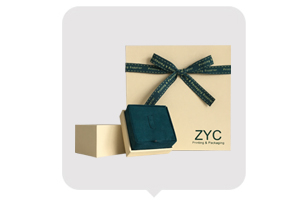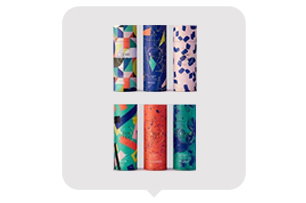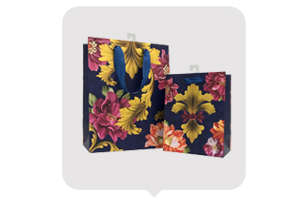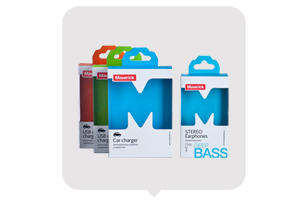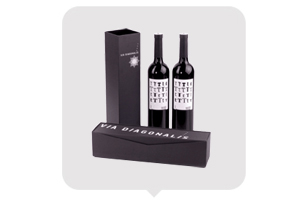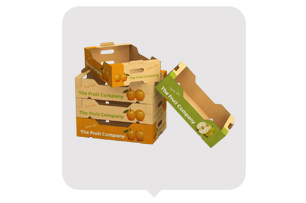In recent years, there has been a growing emphasis on sustainable practices in all industries, including packaging design.
Nowadays, consumers are becoming more conscious of their environmental footprint and actively seek products that
minimize waste. This shift in consumer behavior has led to a reevaluation of packaging box design, focusing on the concepts
of reusability and redesign. This article explores the importance of reusability in packaging box design and the potential benefits
of incorporating redesign as a sustainable solution.
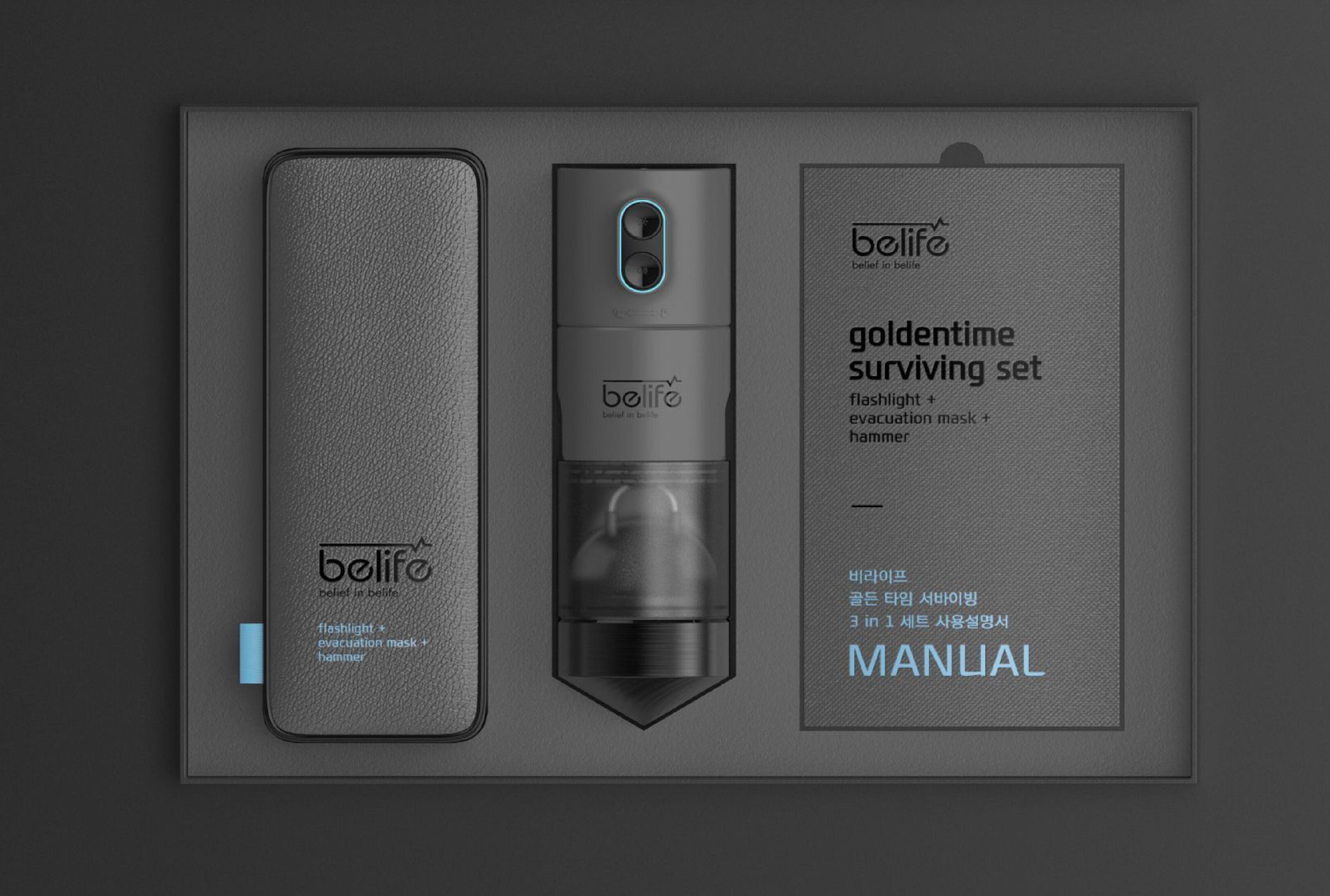
Paragraph 1: The Concept of Reusability
Reusability refers to the ability of a packaging box to be used multiple times for different purposes. Unlike traditional one-time-use
boxes, reusable packaging promotes resource conservation and waste reduction. By utilizing resilient materials and ergonomic designs,
packaging boxes can withstand repeated uses without compromising their functionality or aesthetics. Incorporating reusability into
packaging design not only benefits the environment but also adds value to the consumer experience.
Paragraph 2: Benefits of Reusability
The integration of reusability in packaging box design offers a myriad of benefits. Firstly, it reduces the consumption of raw materials
and energy used in the manufacturing process. By extending the lifespan of packaging boxes, fewer resources are required for their
production, significantly lowering the environmental impact. Secondly, reusability can enhance brand loyalty and customer satisfaction.
When consumers are provided with durable and reusable packaging, they feel a sense of value and appreciate the brand's commitment
to sustainability. This positive association can foster long-term customer relationships and promote brand advocacy.
Paragraph 3: Trends in Redesigning Packaging Boxes
Redesigning packaging boxes involves making modifications to existing designs with the aim of improving their reusability. One of the
emerging trends in redesign is the incorporation of modular components. Packaging boxes with removable or adjustable compartments
allow for versatile uses, accommodating various product sizes or repurposing the box for storage purposes. Additionally, collapsible designs
have become popular, as they occupy less space during transportation and can be easily assembled by the end-users.
Paragraph 4: The Role of Material Selection
The choice of materials plays a vital role in ensuring the reusability of packaging boxes. Opting for durable and recyclable materials, such as
corrugated cardboard, biodegradable plastics, or metal alloys, enhances the longevity and sustainability of the packaging. Additionally,
incorporating eco-friendly coatings or adhesives that do not hinder recycling processes promotes further environmental responsibility.
Conclusion:
In conclusion, reusability and redesign are crucial factors in contemporary packaging box design. The shift towards sustainable practices has
prompted designers and brands to rethink their approach to packaging. By prioritizing reusability, packaging boxes can reduce waste, conserve
resources, and provide a positive consumer experience. Furthermore, incorporating redesign techniques, such as modular components and
collapsible designs, enhances the versatility and functionality of packaging boxes. Embracing the concept of reusability and redesign is a pivotal
step in creating a more sustainable future for packaging design and the environment.
